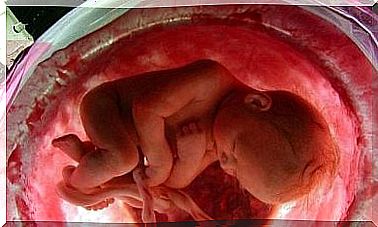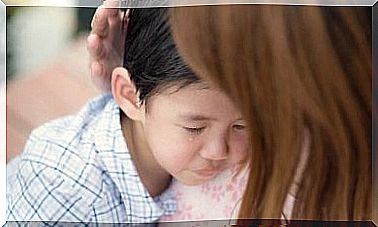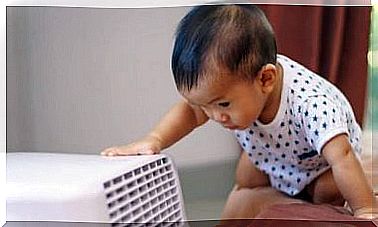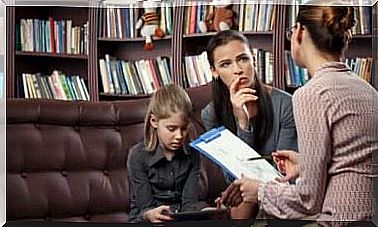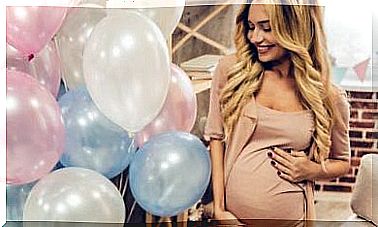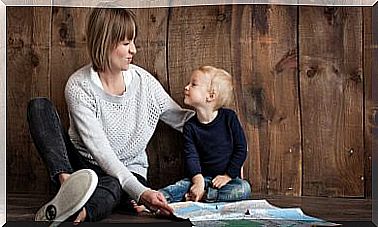Postpartum Depression: A Viral Photo Shows The Disease Mothers Don’t Talk About
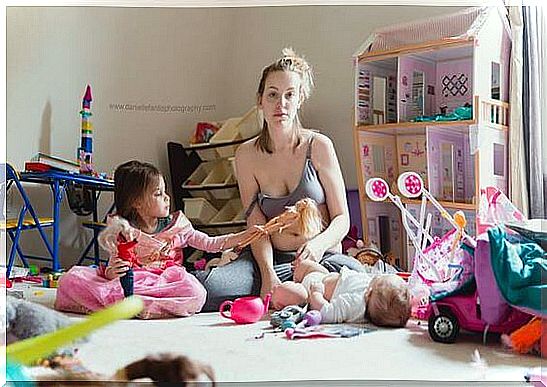
Without knowing it or having any particular intention with it, Kathy brought up the subject of postpartum depression through her picture – a disease that is not talked about.
Even if most mothers don’t talk about it openly, official statistics speak for themselves. According to the US Centers for Disease Control and Prevention, every ninth mother suffers from postpartum depression .
Postpartum depression is a syndrome that goes through every woman who has given birth. It can be moderate or severe. It usually occurs within the first three months of the baby’s life, but can also occur within the first year after birth.
A viral photo: X-ray image of a concealed illness
This stunning viral photo has gone around the world. It brought a frequent and widespread and at the same time also secretive disorder to the table. It is a disease that many people misunderstand.
This expressive picture shows Kathy with her two children. The situation is not set, but arose from everyday life. All three are sitting on the floor of a completely chaotic room full of toys. It’s not just the mother’s dejected face that speaks volumes.
The role of the two children is also interesting. The eldest daughter tries to get the mother’s attention to play together. Meanwhile the baby is lying on the floor wearing a “full” diaper. The picture is rounded off by Kathy’s appearance, which illustrates the problem.
The mother, disheveled and pale, wears a crooked bra. On the one hand, it hangs down, which reminds us directly of the breastfeeding period, with all the positive and negative sides. Her face pays homage to the dark circles under the eyes of fatigue and her whole face is living proof of how exhausted she is.
The other side of the same coin
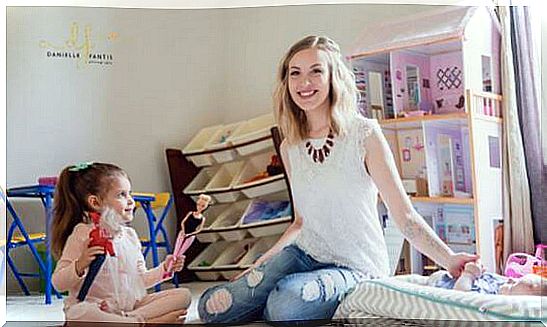
But it did not stop at this one post. The American mother uploaded another picture at the same time. As a kind of opposite view in which the picture changes drastically. This time, the first thing that catches the eye is the tidy room.
The girl also smiles and watches her mother while she plays alone with her two dolls. The baby is dressed and lies on a soft blanket. The greatest change and contrast, however, shows up in a well-dressed, smiling, styled Kathy. More rested, she looks shiny: happy and fulfilled.
“These two pictures represent my life, depending on the day. However, there is only one real life situation I would share with no hesitation and that is the problem. I’m afraid I might be thought to be weak, crazy, a terrible mother, or a million other things my mind is trying to convince me of. But I know that I am not alone with such thoughts.
-Kathy DiVicenzo-
This is how Kathy DiVicenzo managed to break “the stigma and the silence” around this topic. This mother goes further by pretending that all mothers with this disease share their experiences so that “all mothers know they are not alone” .
The US National Institute of Mental Health considers postpartum depression a “mood disorder that can affect women after giving birth” . According to experts in the field, the causes of this disease lie in a mixture of physical and especially emotional factors.
Important symptoms of postpartum depression
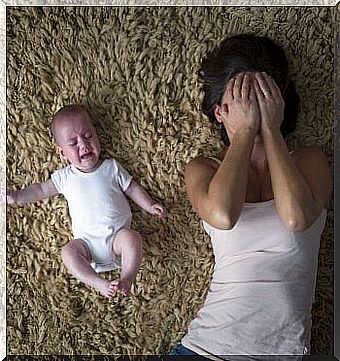
There are many indications that a mother has this disease. This is essential to watch out for to get the support you need and also to prevent this condition from leading to an even more serious problem. So the symptoms and risk factors to consider are as follows:
- Deep feeling of sadness and emptiness, loss of hope.
- Frequent, inexplicable crying.
- Excessive fear and suffering.
- Constant mood swings and irritability.
- Pronounced need for sleep or problems falling asleep.
- Anger or anger.
- Loss of interest and memory problems, and difficulty maintaining attention and focus.
- Loss of appetite.
- Physical pain, stomach problems, and muscle aches.
- Difficulty with friends and family and emotional attachment to the baby.

